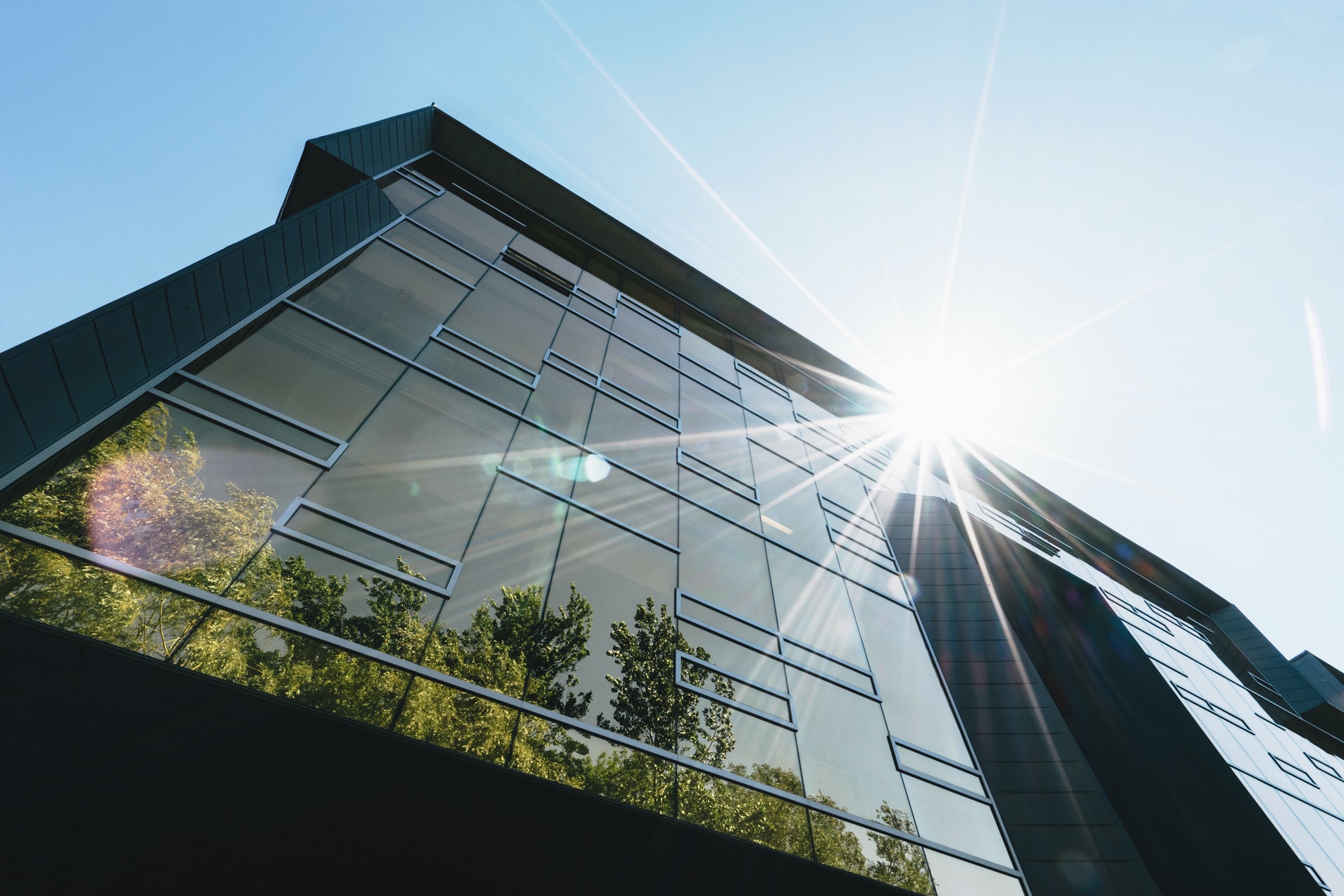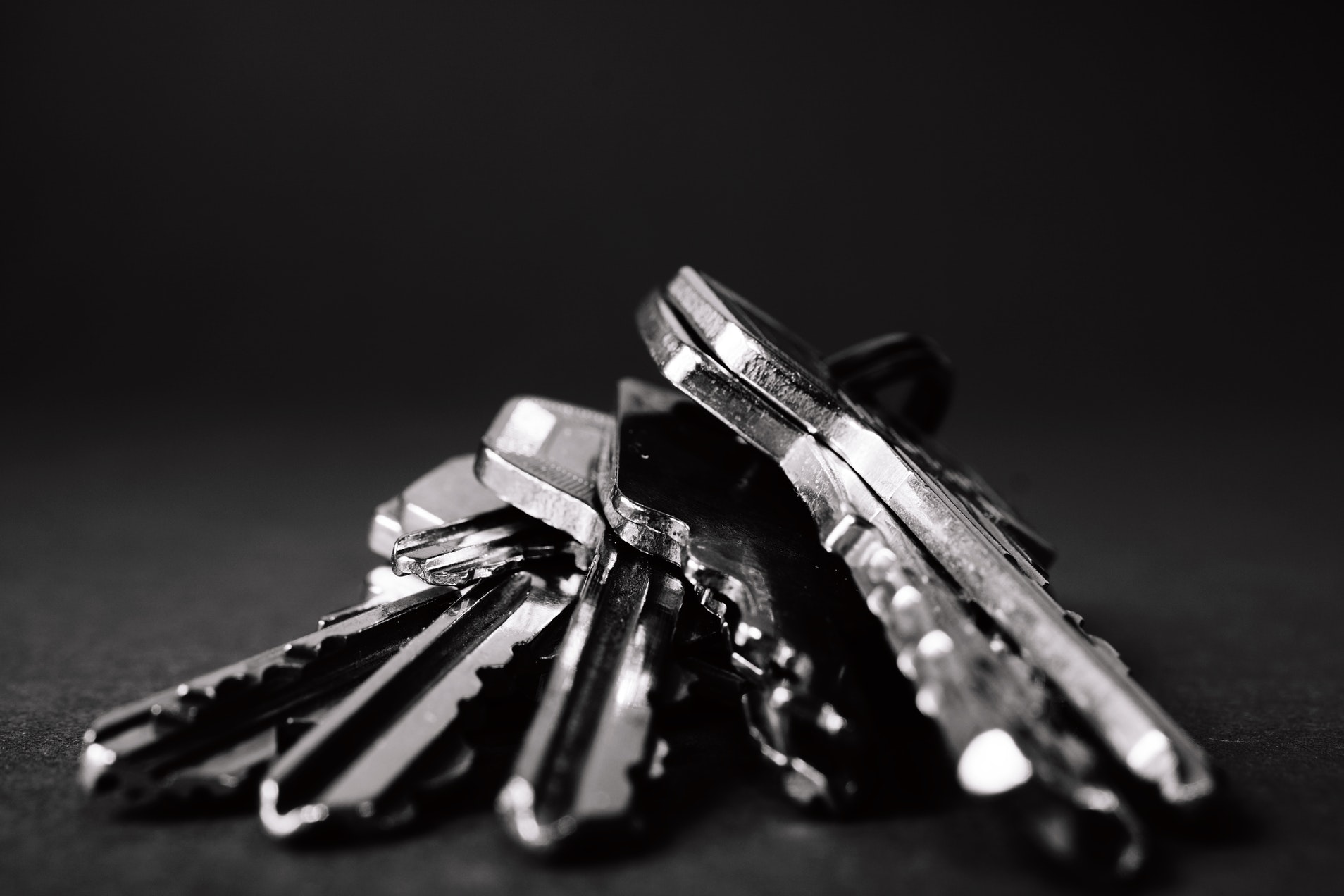Going Green Costing You
Going Green Costing You

"Going Green Costing You" was originally authored in 2007 by Adam Miller for Building Management Systems.
Many of the news articles and magazines that have published recently have completely glorified green construction benefits without considering costing of traditional materials and practices. This paper will attempt to analyze the financial difference between generic construction techniques and a few of the newly emerging green construction trends seen across the contracting industry. Supporters generally speak about the long-term savings that result from installing more efficient systems, but very often those deferred savings come directly out of pocket when purchasing state-of-the-art or environmentally-friendly products with costs that may never be recovered.
A lot of the buzz started when the CFL (compact fluorescent) began to replace the incandescent light bulb. The CFL, while often costing more than twice as much as an incandescent when purchased, saves more than four times the electricity of an incandescent bulb, and an incandescent bulb, on average, will need to be replaced six times before the CFL needs replaced. However, a subject not often discussed with CFL bulbs is the recycling cost. [1]Whereas incandescent bulbs do not require individual disposal, recycling a CFL will cost between forty cents to a dollar per bulb. Still, if a CFL can live up to its lifespan, a CFL bulb is drastically cheaper, over its useful life, than an incandescent bulb.
The lighting source of the future may occur through the implementation of LED lighting. Although major advances need to be made to harvest its potential, LED lighting uses very little power and can outlast any CFL or incandescent light. An LED light lasts six times the length a CFL would last and forty times the length of an incandescent bulb, and even though the price is substantially higher than either, the eventual payback of an LED light will be accomplished several times before its useful life expires.
Another emerging trend in the
Although green roofing has several environmental and social benefits, including better air quality, reduction in Urban Heat Islands, less storm water runoff, and a better, natural insulation for a building, it has a negative effect on a corporation’s financial, bottom line, which is what stockholders most care about.
Since global oil supplies are peaking and use is at an all-time high, the extensive search for alternative energy has begun. In actuality the search has long been occurring. In the seventh century BC, solar energy was stumbled upon after a magnifying glass was used to create fire from the sun’s rays. In 1839 Edmund Becquerel discovered the science that would later become photovoltaics, and in 1883, Charles Fritz invented the first solar panels made with selenium wafers. The sun has often been considered the provider of life, and solar energy has continued to gain acceptance throughout the
Unfortunately, it will take, at the very least, a minimum of five years for the initial price of the traditional solar power system to be covered by the cost-savings generated through free electricity. Also, the benefits from a system can vary depending on the amount of sunlight accumulated throughout the day, how much electricity is used, and by the cost of electricity in the region. Additionally, costs increase radically if the system is self-sustained, off of the main electrical grid, and stores its accumulated energy in a system of batteries. On the other hand, a system that remains tied to the existing grid can “sell” any unused, accumulated energy to the power company for financial reimbursement. All in all, the cost of solar electricity has declined at a yearly rate of about five percent; however, new advances are on the horizon.
The biggest obstacle currently facing the green movement is the enormous amount of existing constructed buildings that attribute to the drain on our environment. Green construction costs generally represent new construction, but in reality, there are only so many things an existing property can do to change its environmental impact without stressing a yearly budget. Interiorly, the list of green projects may seem endless, but exteriorly, changes require a substantial financial investment such as green roofing or daylighting, construction techniques that allow natural light to penetrate into the building therefore reducing artificial lighting requirements.
Economics and feasibility are the main issues. Owners want a property that can maximize profit and hold resale value. Unless costs decline or the government provides attainable tax credits, many green projects will be turned down due to the financial aspects involved, specifically the first-cost, the cost to put the system in operation.
Although everybody agrees that more can be done to maintain our environment, large projects should be analyzed carefully to ensure that financial consequences and benefits coincide with the company’s goals. Smaller steps towards sustainability should be taken before delving into an expansive project. These steps may include more off-peak electrical use to save money and lessen the drain during peak hours, buying more locally produced products to reduce transportation costs, purchasing water saving fixtures for faucets and toilets, using recycled and renewable materials that are free of toxins that damage the environment, replacing old appliances with high-efficiency appliances, and better insulation of the windows, doors, cracks, and walls of a building that are exposed to the outside environment.
Individual studies and reports show that the most popular aspect of green design is energy conservation and efficiency. This can be accomplished through occupancy sensors, timers, and computerized temperature and humidity management. Energy conservation is closely followed by cost savings, cost avoidance, and worker productivity. Also important to understand is that top-level management and the customers themselves are rarely pursuing green practices, so much of the desire stems from personal interests of the facility manager. (The facility manager is responsible for researching and implementing feasible, sustainable systems that in turn result in a better financial and ethical position for the property represented.)
[1] Recycling costs based on shipping, manpower, and overhead to extract toxic materials per state and federal regulations.



